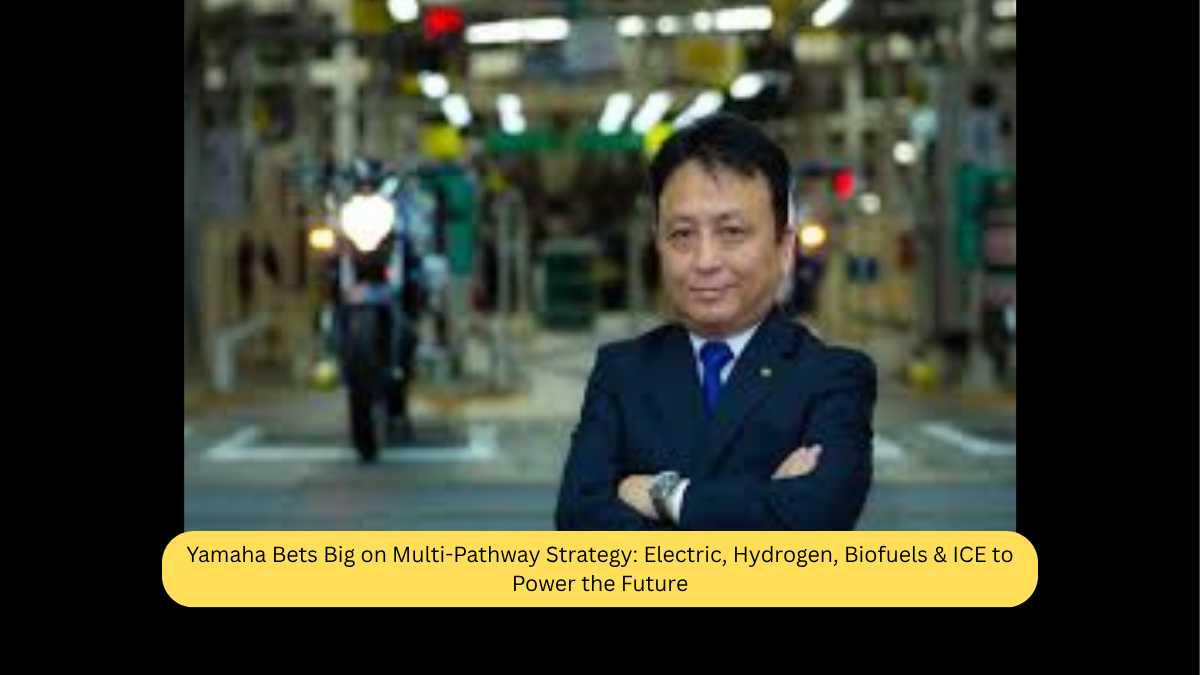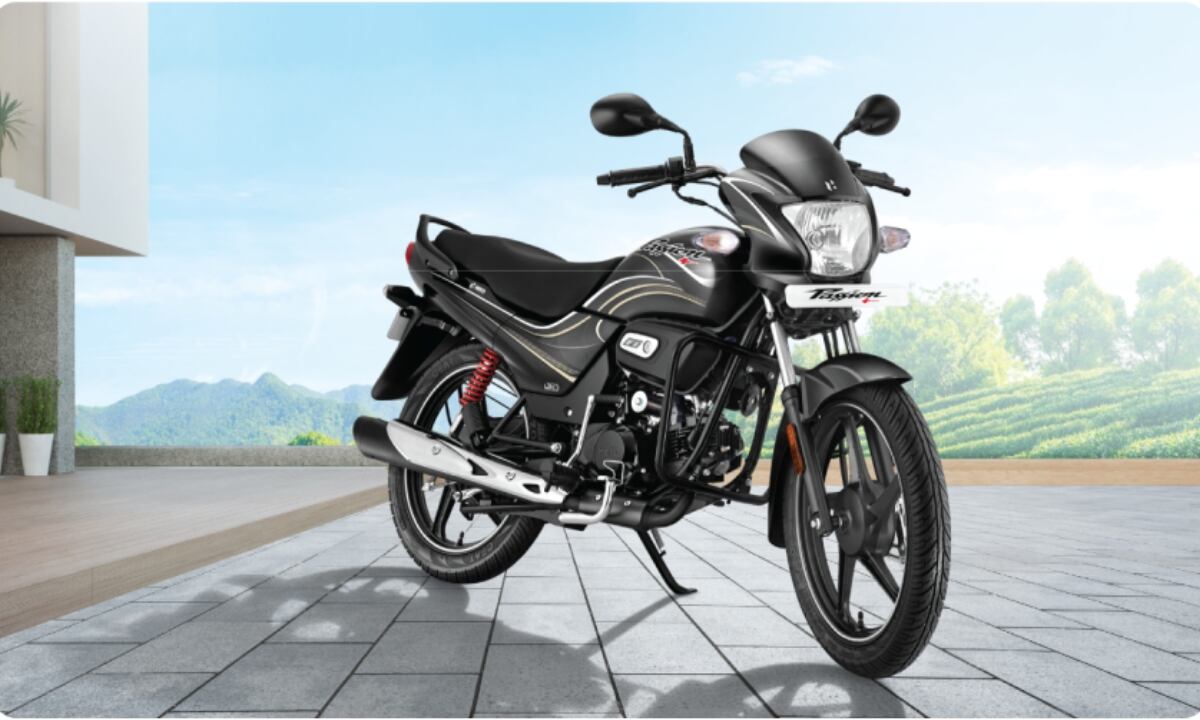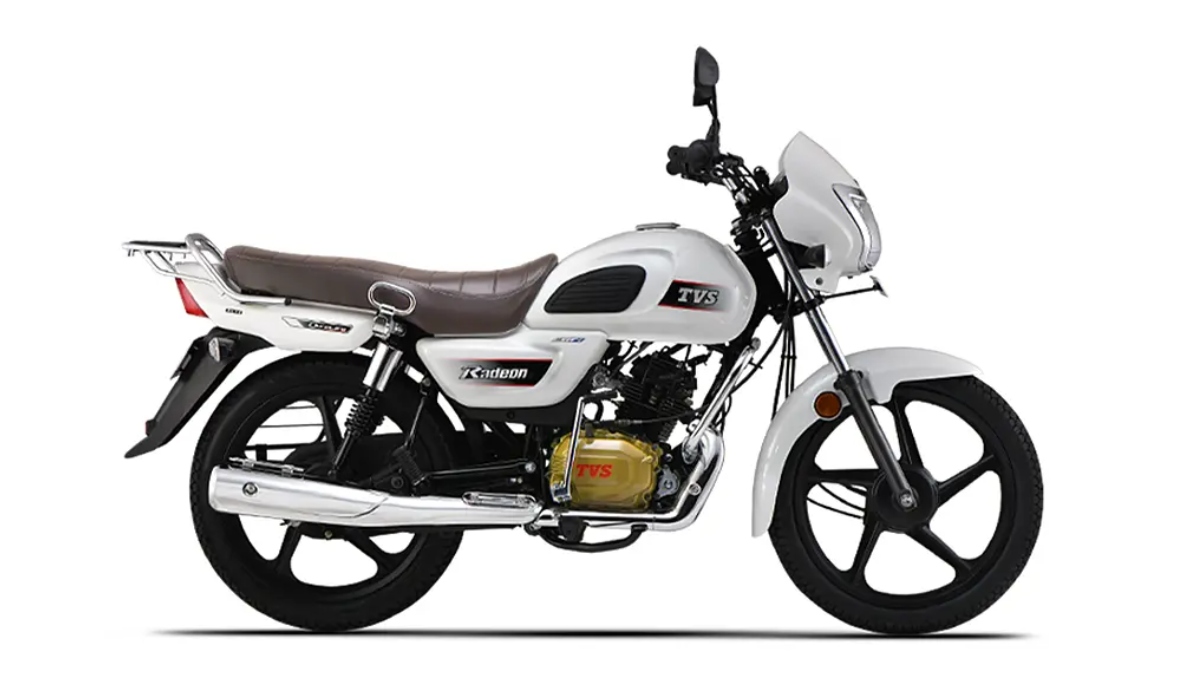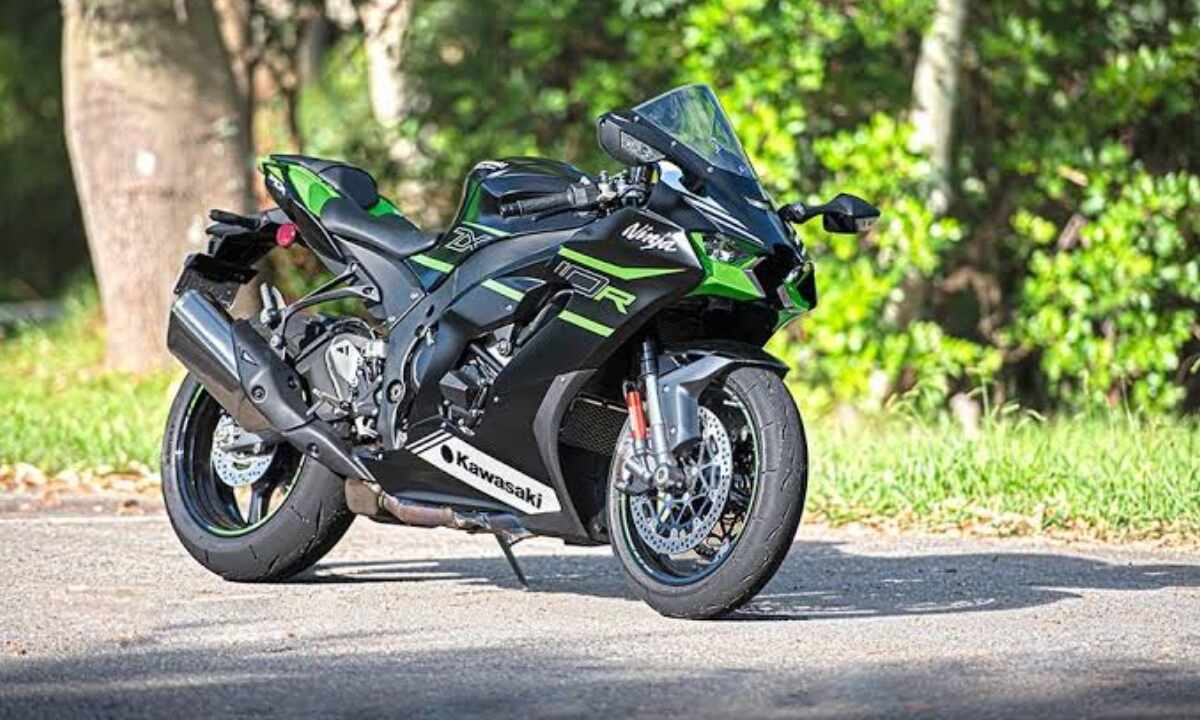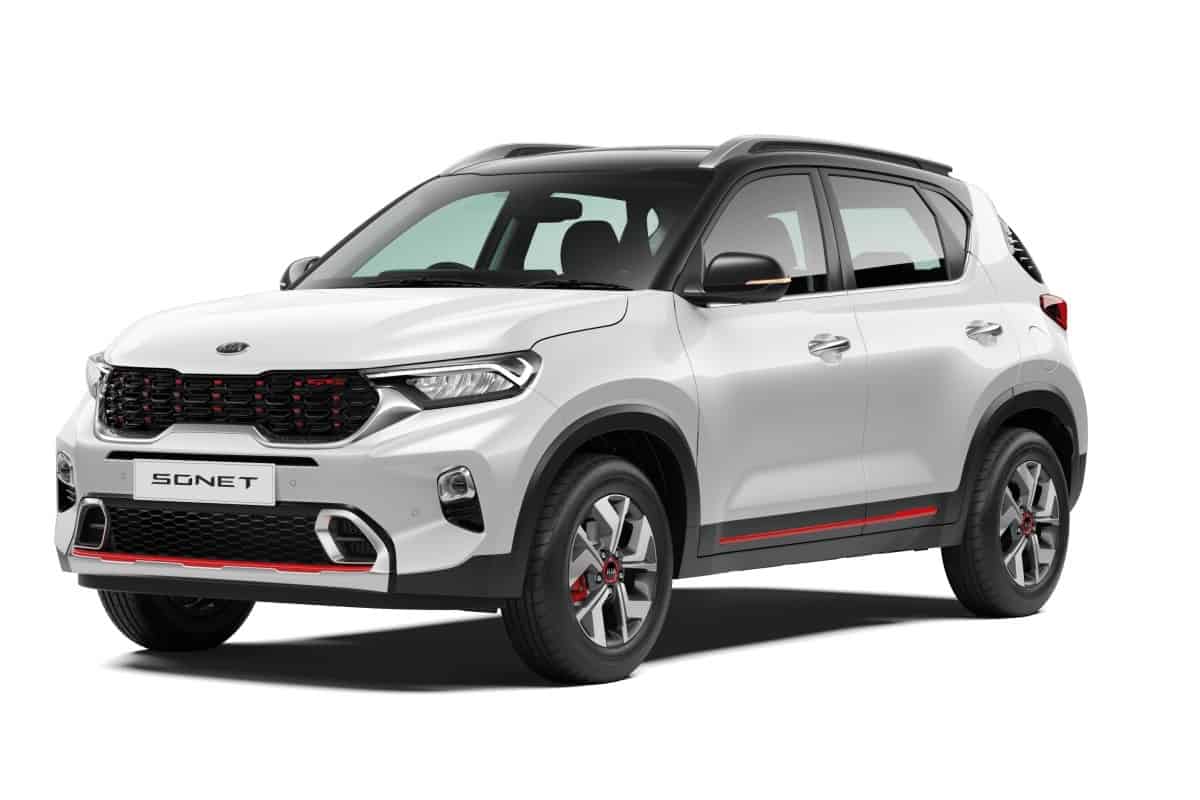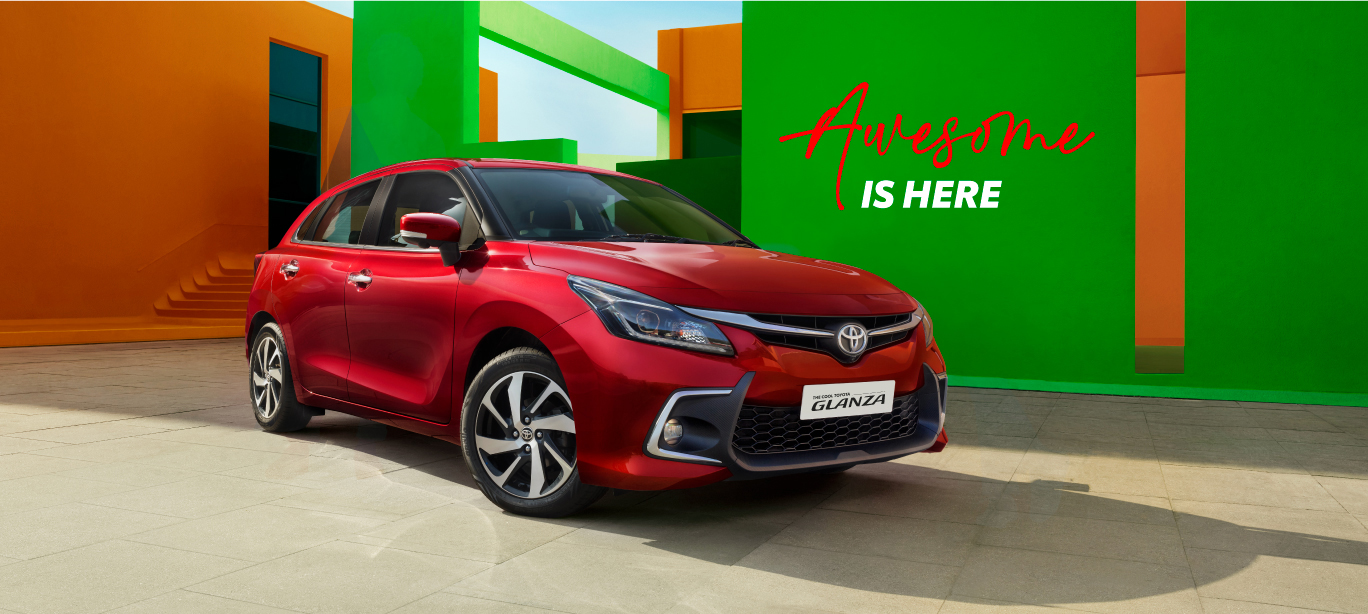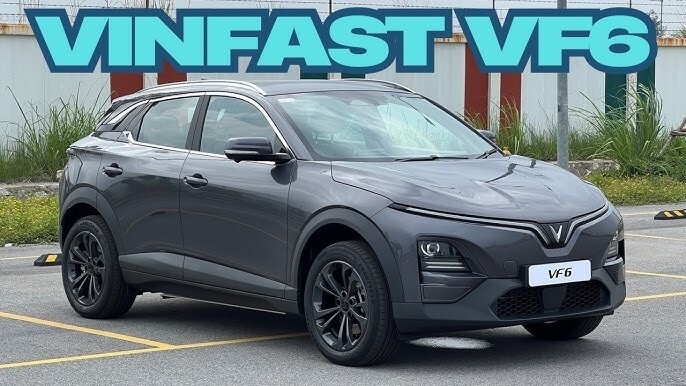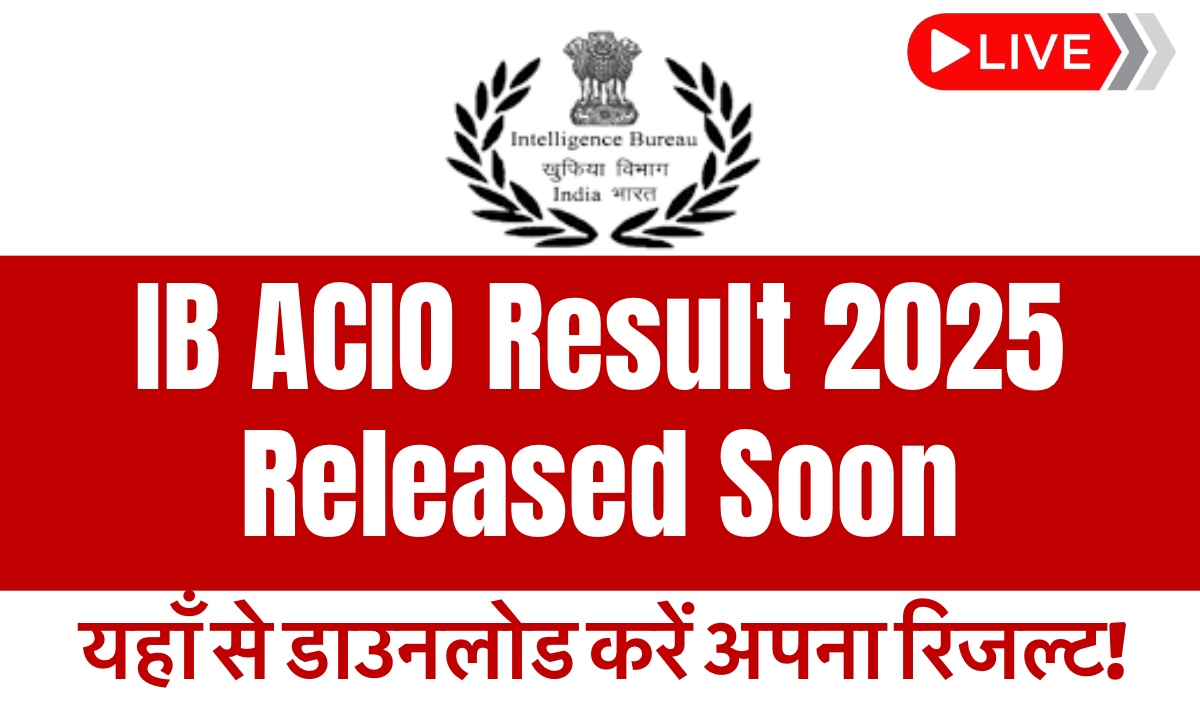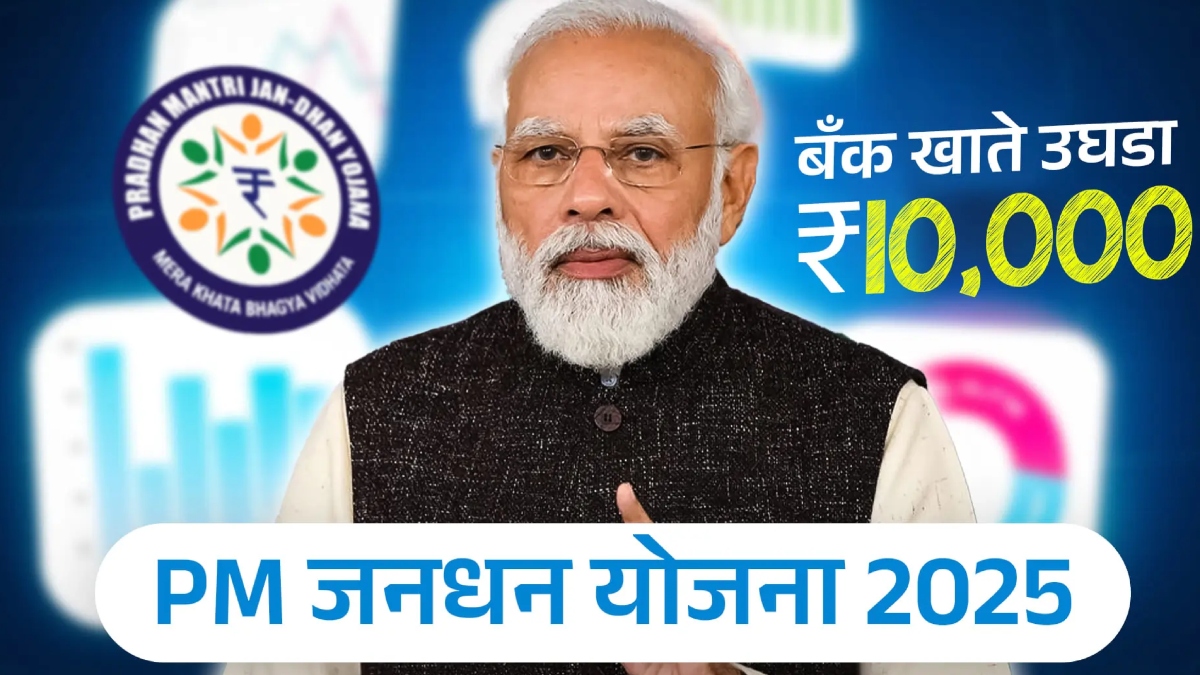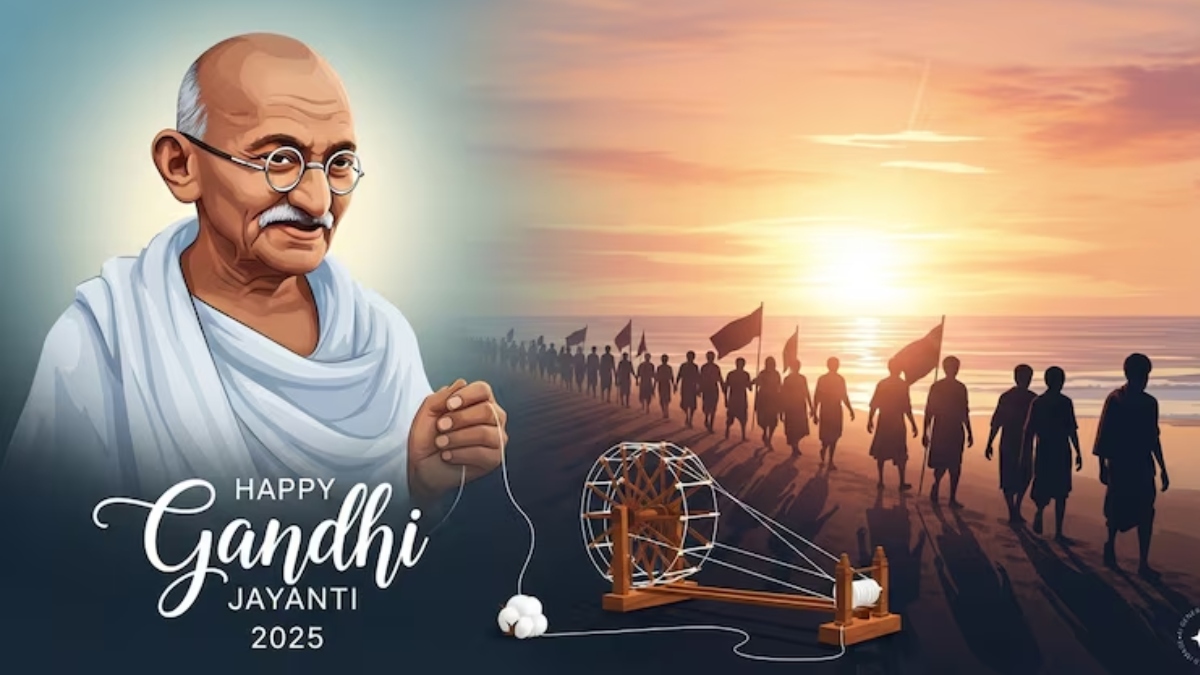Published: July 28, 2025
Yamaha: As the global automotive industry races toward sustainability, Yamaha Motor Company is charting its own path — or rather, multiple paths. The Japanese two-wheeler and powertrain giant has unveiled a multi-pathway strategy that blends electric mobility, hydrogen engines, biofuels, and traditional internal combustion (ICE) technology. Unlike a one-size-fits-all approach, Yamaha is tailoring this strategy to meet the unique infrastructure, energy, and market needs of each region.
A Pragmatic Approach to Decarbonization
Yamaha’s multi-pathway strategy is rooted in practicality. While many manufacturers are going all-in on electrification, Yamaha believes a diversified approach is more sustainable and scalable in the near term — especially in regions where EV infrastructure is still developing.
“Our mission is to reduce carbon emissions while maintaining the joy and freedom of mobility,” a Yamaha spokesperson said. “That’s why we’re exploring every viable alternative — from e-mobility to hydrogen and sustainable fuels — rather than forcing a single solution.”
Electric Vehicles for Urban and Emerging Markets
Yamaha has already made significant progress with electric scooters, bicycles, and compact mobility solutions. The brand’s E01 and Neo’s electric scooters have been well-received in Europe and select Asian markets, and Yamaha plans to scale production and expand availability to Latin America and Africa in 2026.
These EVs are designed for urban commuting, with practical ranges, fast-charging capabilities, and tech-forward features like app connectivity and ride customization.
Hydrogen Engines: Clean Power Without Compromise
One of Yamaha’s most exciting developments is its work on hydrogen-powered internal combustion engines. Unlike EVs, hydrogen engines retain the character and performance of traditional motors while offering near-zero carbon emissions.
In collaboration with Kawasaki, Toyota, Subaru, and Mazda, Yamaha is co-developing hydrogen engine technology that could power future motorcycles, sports cars, and marine products.
Biofuels: A Bridge for Existing ICE Models
Yamaha is also investing in next-gen biofuels, which offer an immediate path to decarbonize existing ICE vehicles without requiring major infrastructure changes. These fuels are derived from non-edible biomass and waste sources, making them sustainable and scalable.
The company is working with partners in Southeast Asia and India to test and roll out biofuel-compatible motorcycles, targeting markets where fuel supply chains are still fossil-fuel dependent.
ICE Technology Still Has a Role
Contrary to some EV-only narratives, Yamaha isn’t giving up on internal combustion engines. Instead, the company is focusing on refining ICE efficiency while enabling compatibility with e-fuels and blends. This will ensure that markets with limited charging infrastructure — especially in Africa, South Asia, and rural Latin America — are not left behind in the sustainability push.
Localized Solutions for a Global Impact
What sets Yamaha apart is its region-specific strategy. In mature EV markets like Europe and Japan, the focus will be on electric mobility. In contrast, countries with abundant renewable energy potential may see hydrogen deployments, while biofuels offer the most viable option for emerging economies.
Final Thoughts
By embracing a multi-pathway approach, Yamaha is positioning itself not just as a two-wheeler brand, but as a global mobility innovator. The company’s strategy offers a realistic, inclusive path toward carbon neutrality — one that respects regional realities while pushing the envelope of sustainable tech.
As the world looks for cleaner, smarter ways to move, Yamaha’s diversified roadmap might just be the blueprint the industry needs.
